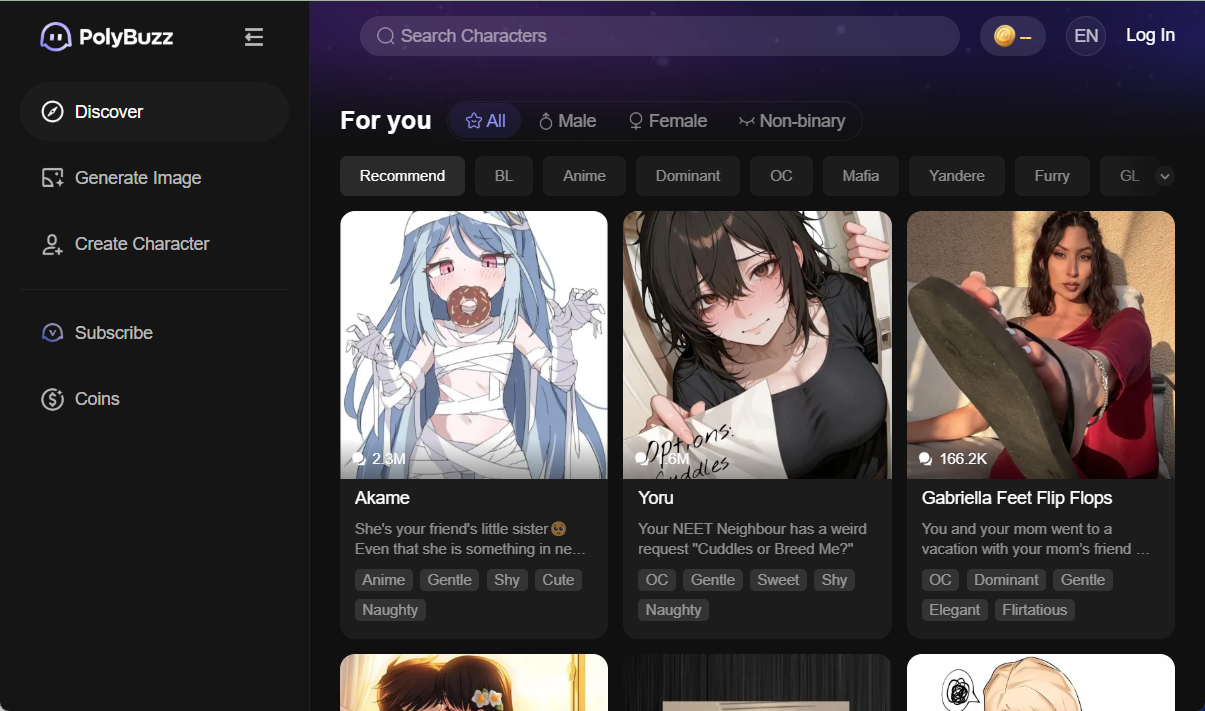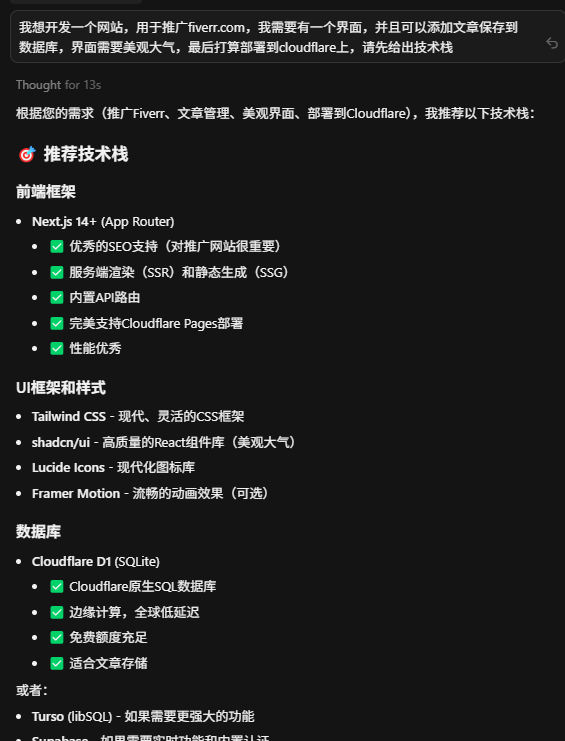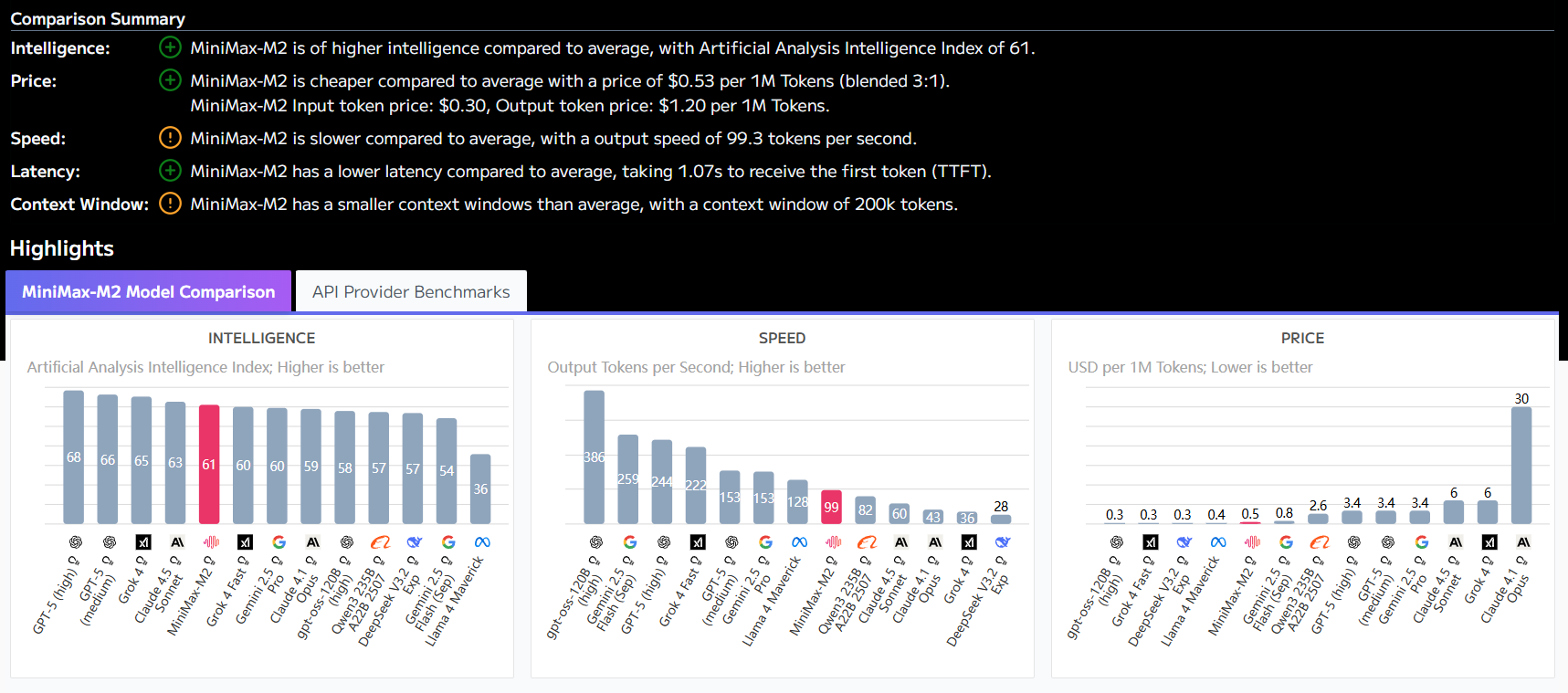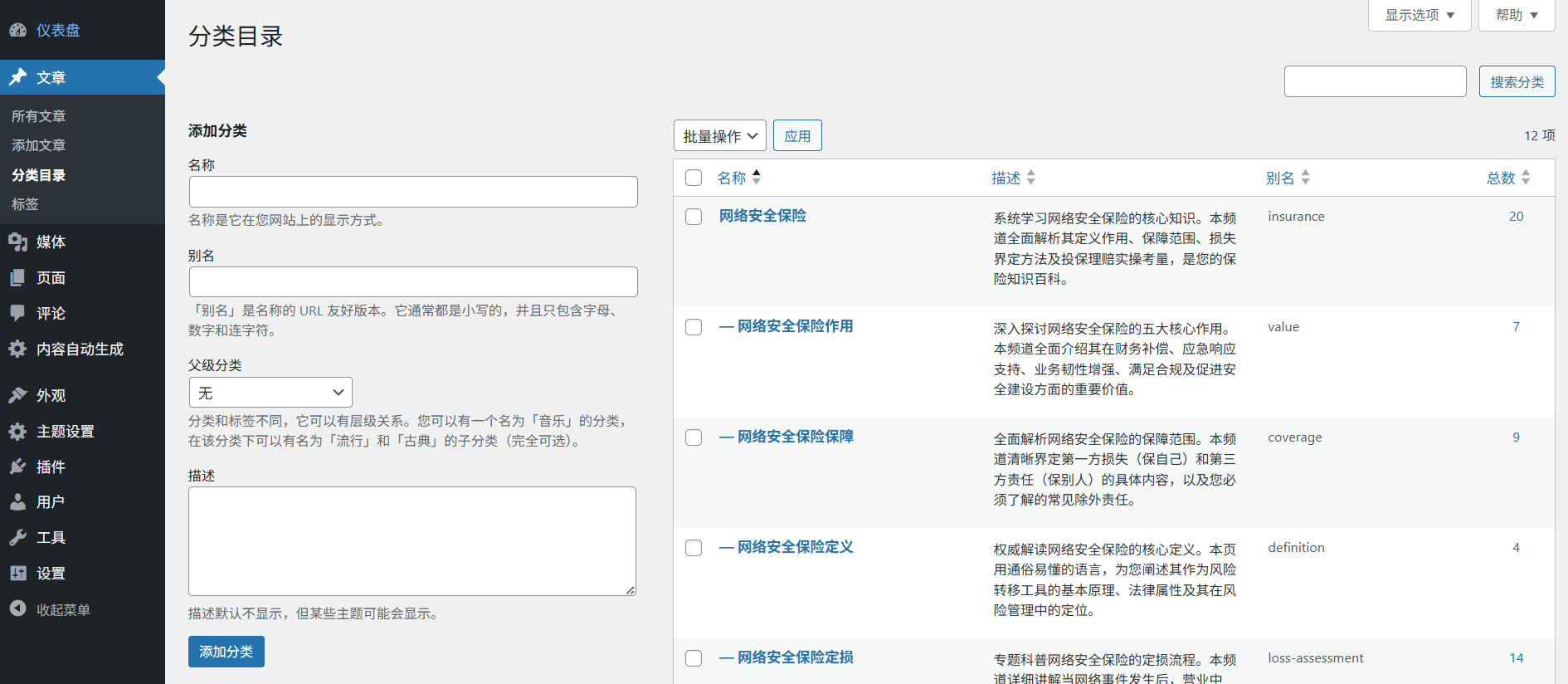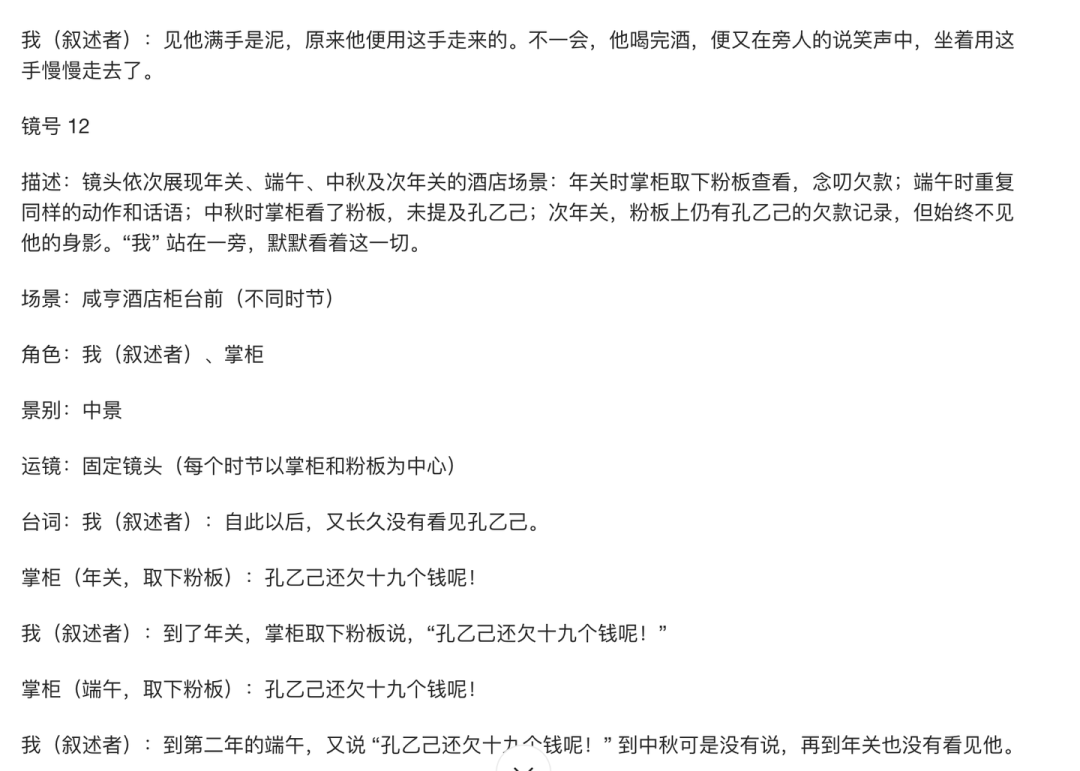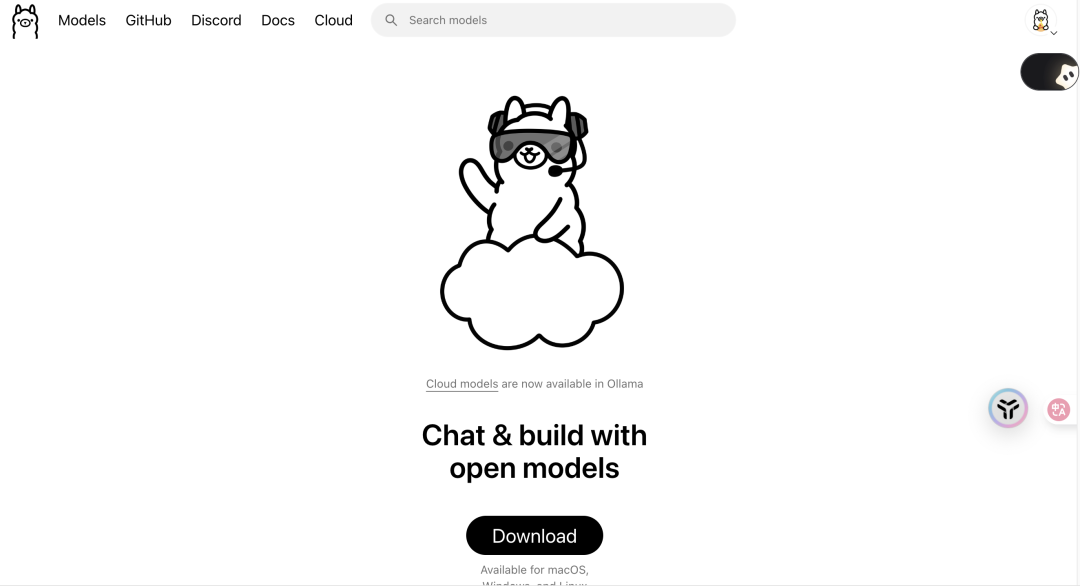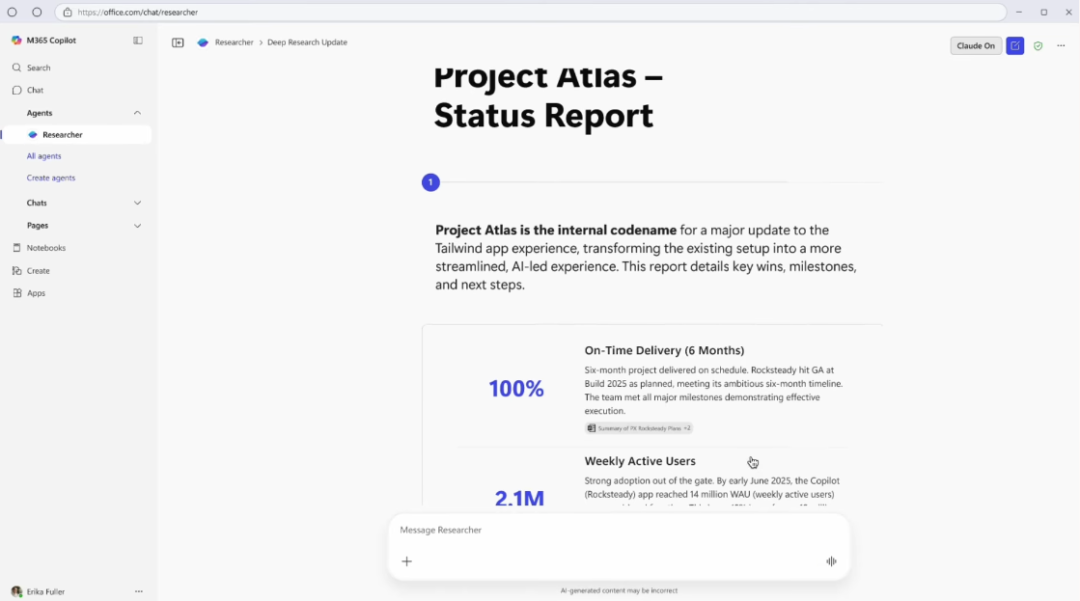self.so leverages Together.ai's Qwen 2.5 72B model for resume content parsing, which efficiently recognizes key information in PDFs or LinkedIn, such as name, job title, work history and skills. The AI model has strong NLP capabilities and can accurately extract structured data even for complex resumes with non-standard layouts or multi-column designs.
During the parsing process, self.so also uploads the files to AWS S3 storage and performs security checks via Llama Guard to ensure the security of the uploaded content. The parsed information is converted into JSON format containing structured data such as job title, company and timeline for subsequent editing and web page generation.
Compared to other resume parsing tools, self.so's AI technology offers higher accuracy and adaptability. It not only handles standard resume formats, but also parses LinkedIn page links, providing users with diverse input options. In addition, the model supports multi-language parsing, which is suitable for processing resume content in different languages.
Once the AI parsing is complete, the user can further adjust the generated web page content through the editing interface. This feature makes it possible to manually modify and improve the parsing results even if there are small errors in the parsing results. Overall, the power of the Qwen 2.5 model provides the basis for high quality content parsing in self.so.
This answer comes from the articleself.so: Generate a beautiful CV page with one clickThe




